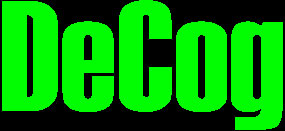|
DeCog -> ELECTROMAGNETIC WAVES RECOGNITION
DeCognition is an artificial intelligence (AI) program that
recognize and compare electromagnetic waves produced by
different devices.
It uses neural network (NN) and powerful algorithms (eg: Support
Vector Machines) to recognize devices, looking for its
electromagnetic fields and differences and similarities between
device and the endless stream of waves.
Generality. After training outputs of NN are Generalized that
means the programe can recognize NEW devices and its fields.
Human brain application. The same program can be used for
recognition and clasification brain waves. After training DeCog
program can recognize specific emotional or cognition states of
human brain.
DeCog is an open collaborative research project, which
investigates hidden physical processes occurring permanently in
our everyday environment saturated by electromagnetic
waves.
The project investigates the effect of electromagnetic waves on
living organisms that is connected with the influence of this
radiation on living cells.
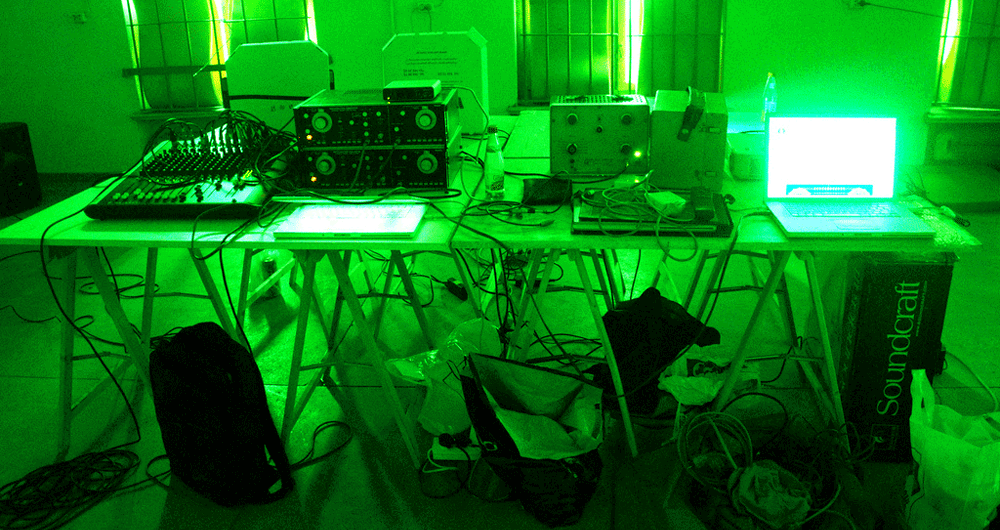
The project consists in detection and transformation of
electromagnetic fields through the use of hardware tools like
electromagnetic coils, differential detectors, sensors [light,
flex etc], amplifiers, modulators, analyzers and more
specialized devices for detecting radiation (Geiger,
scintillation, gas and semiconductor counters).
During the session the participants will become acquainted
with:
- practical techniques of detecting electromagnetic waves (
ultrasounds, infra sounds, interference, light,
electrochemistry) and especially ionic radiation (alpha, beta,
gamma),
-revealing, investigation and analysis of information (often
invisible) about the structure and properties of images
-translation of electromagnetic waves and radiation into
impulses in audio and vide range
- coding, compiling of patches and writing programs for
detection, analyzing and modulation of electromagnetic fields
using free software [PD, Supercollider, Python, Fluxus, etc]
- generating of Neural network, training and generalization,
using Vector Support Machines
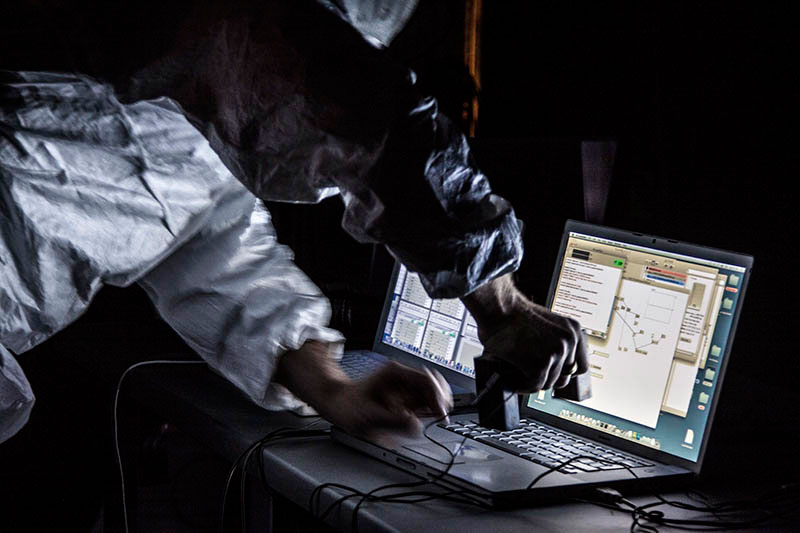
Brain waves recognition
Human brain application. The same program can be used for
recognition and clasification brain waves. After training DeCog
program can recognize specific emotional or cognition states of
human brain.
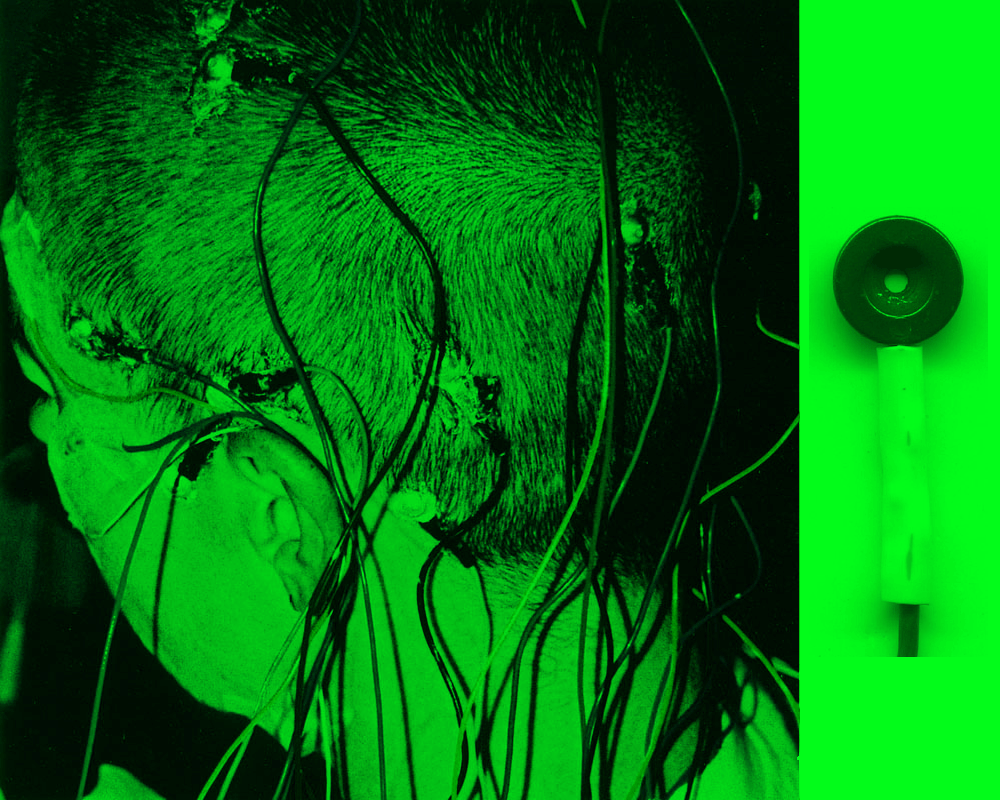
Types of electromagnetic waves
The project focus on work with the following types of
electromagnetic waves:
1. ultra-short waves emissions [alpha, beta, gamma]
(using Geiger counters, scintillation counters, and other
techniques of Gamma-ray spectroscopy)
2. visible waves, micro-waves, radio waves, infrared waves,
frequency emissions (using on-board coil and
amplifier)
3. higher signals (e.g. mobile phone signals, wireless networks,
Bluetooth)
5. brain waves
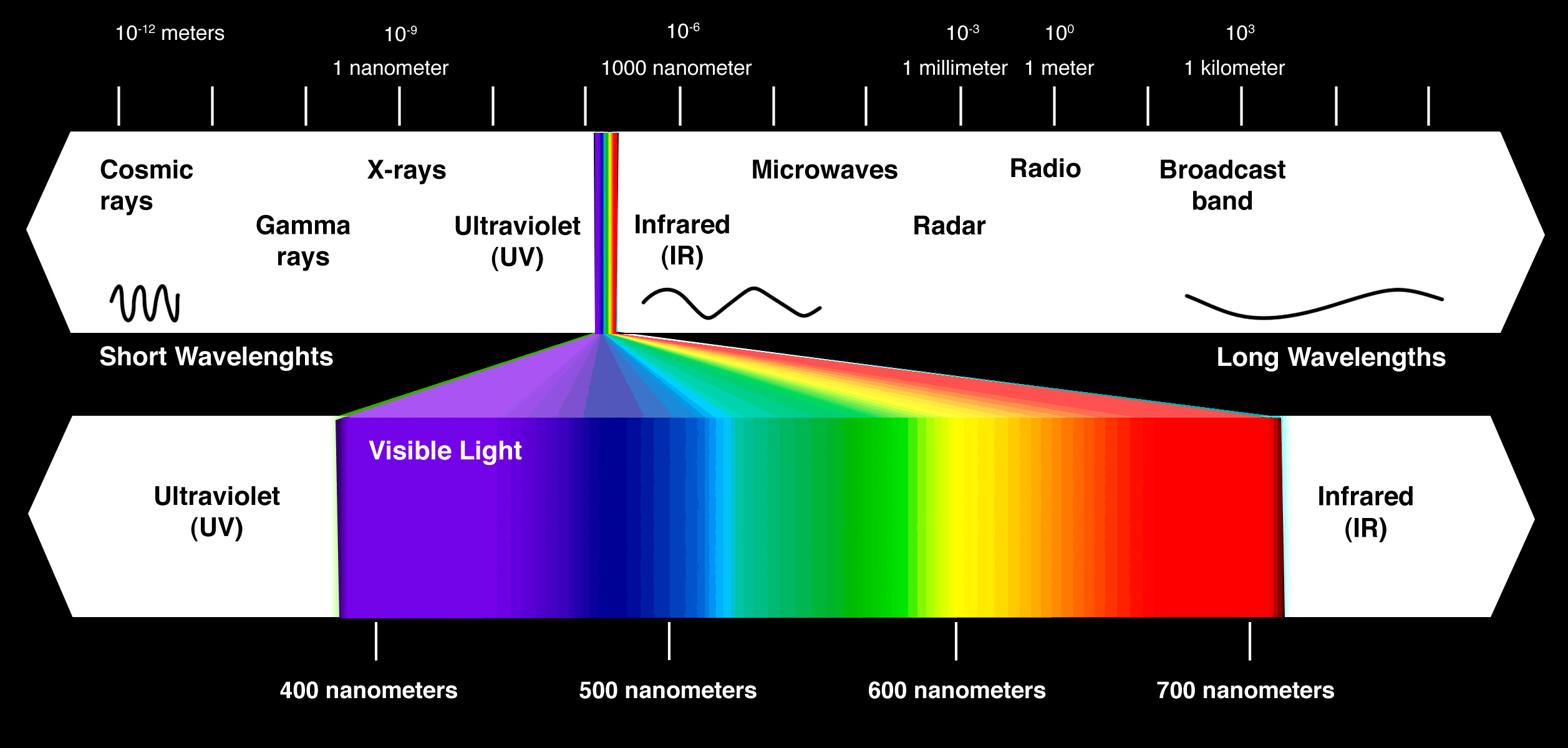
Detectors
-waves detectors (coils)
-Geiger-Muller counters
-scintillation counters Nal and BGO
-brainwaves detectors (silver electrodas)
-semiconductor detectors
Installation
The final project is presented as an installation with robotic
arm taht detects devices.
We encourage the participants to bring a device, which emits
electromagnetic waves or some way of recording (mobile phones,
laptops, tape or digital sound recorder or video camera.
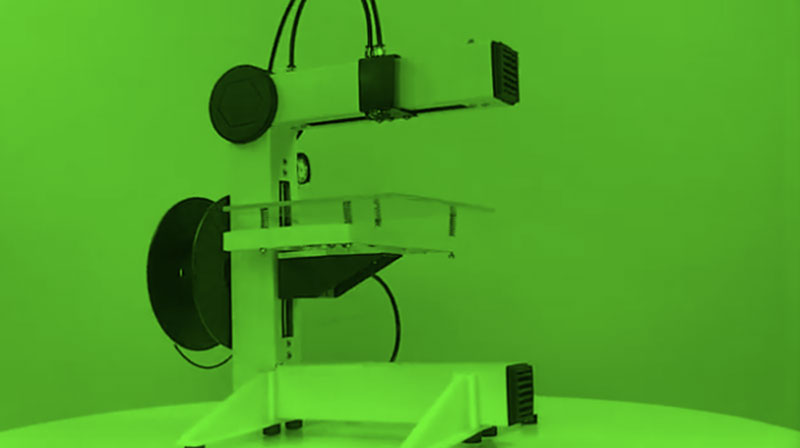
Author
Robert B. Lisek is an artist, composer and mathematician who
focuses on systems and processes (computational, biological,
social). He is involved in the number of projects focused on
radical art strategies, hacktivism and tactical media. Drawing
upon conceptual art, software art, critical and meta-media, his
work intentionally defies categorization. Lisek is also a
composer of contemporary music, author of many projects and
scores on the intersection of spectral, stochatistic, concret
music, musica futurista and noise.
Lisek is a pioneer of art based on AI and machine learning.
Lisek is also a scientist who conducts a research in the area of
foundations of mathematics and computer science. His research
interests are theory of partially ordered sets in relation with
artificial general intelligence and complexity theory. Lisek is
a founder of Institute for Research in Science and Art,
Fundamental Research Lab and ACCESS Art Symposium. Author of
many exhibitions and concerts, among others: TERROR ENGINES -
WORM Center Rotterdam, Secure Insecurity - ISEA Istanbul;
Manifesto vs. Manifesto - Ujazdowski Castel of Contemporary Art,
Warsaw; NGRU - FILE, Sao Paulo; NEST - ARCO Art Fair, Madrid;
Float ? DMAC Harvestworks and Lower Manhattan Cultural Council,
NYC; WWAI - Siggraph, Los Angeles; Falsecodes - Red Gate
Gallery, Beijing; Gengine - National Gallery, Warsaw; Flextex -
Byzantine Museum, Athens, FXT? ACA Media Festival, Tokyo and
ISEA, Nagoya; Transhuman - Entropy Gallery, SSSpear ?17th
Meridian, WRO Center, Wroclaw.
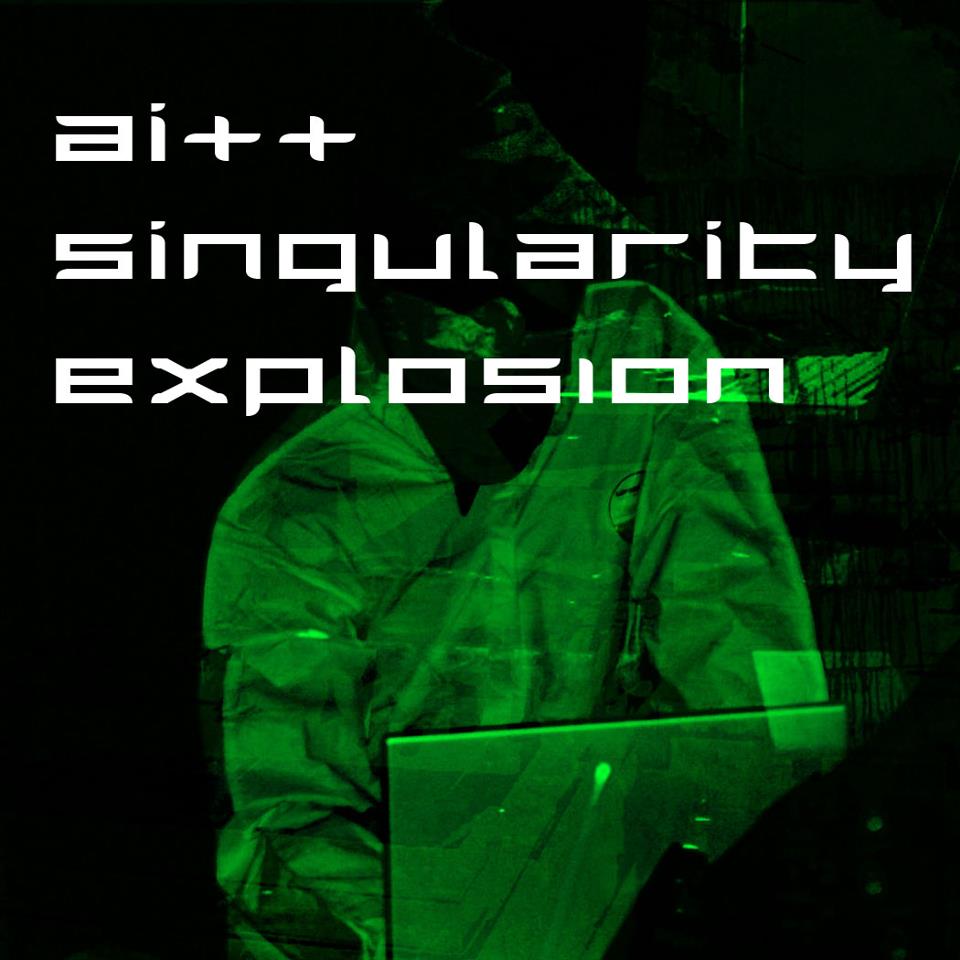
|
|
